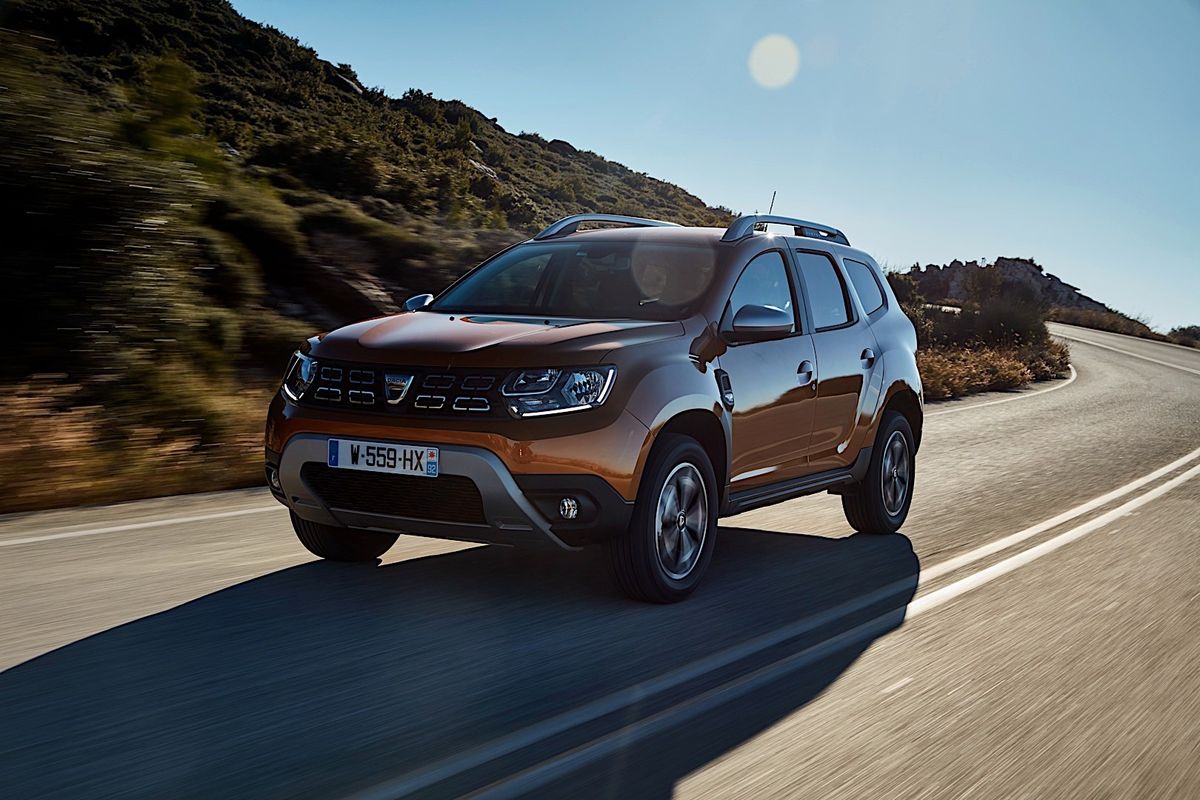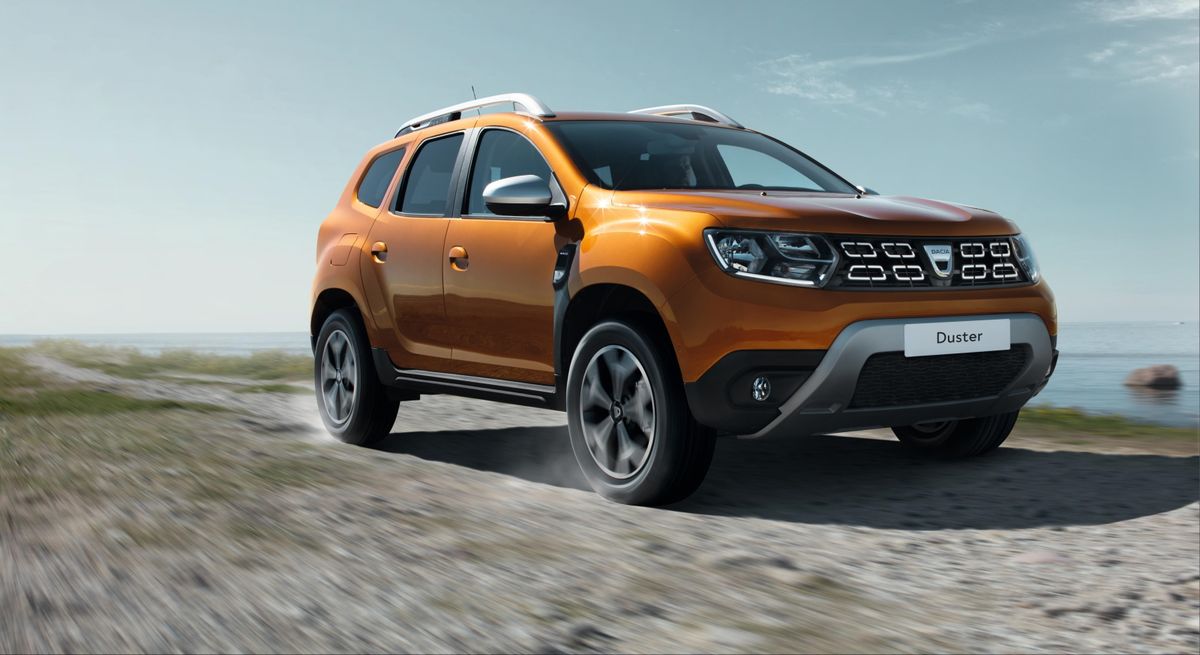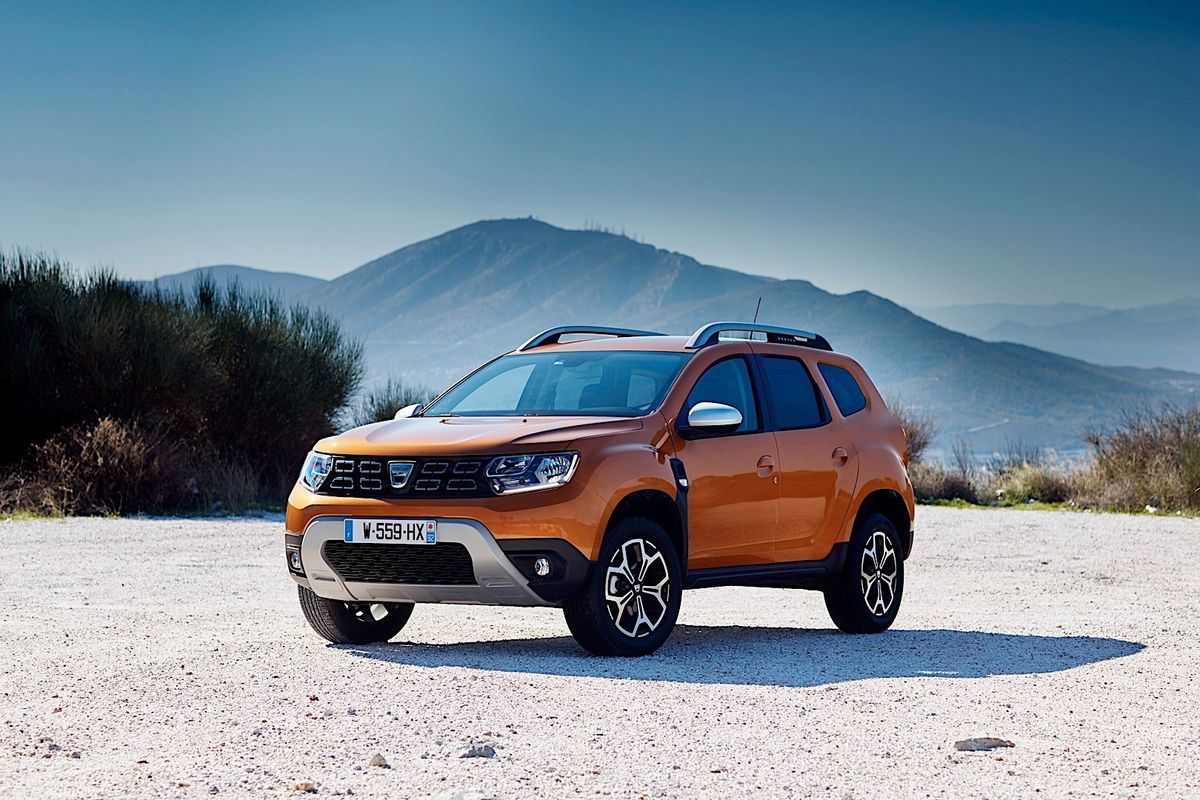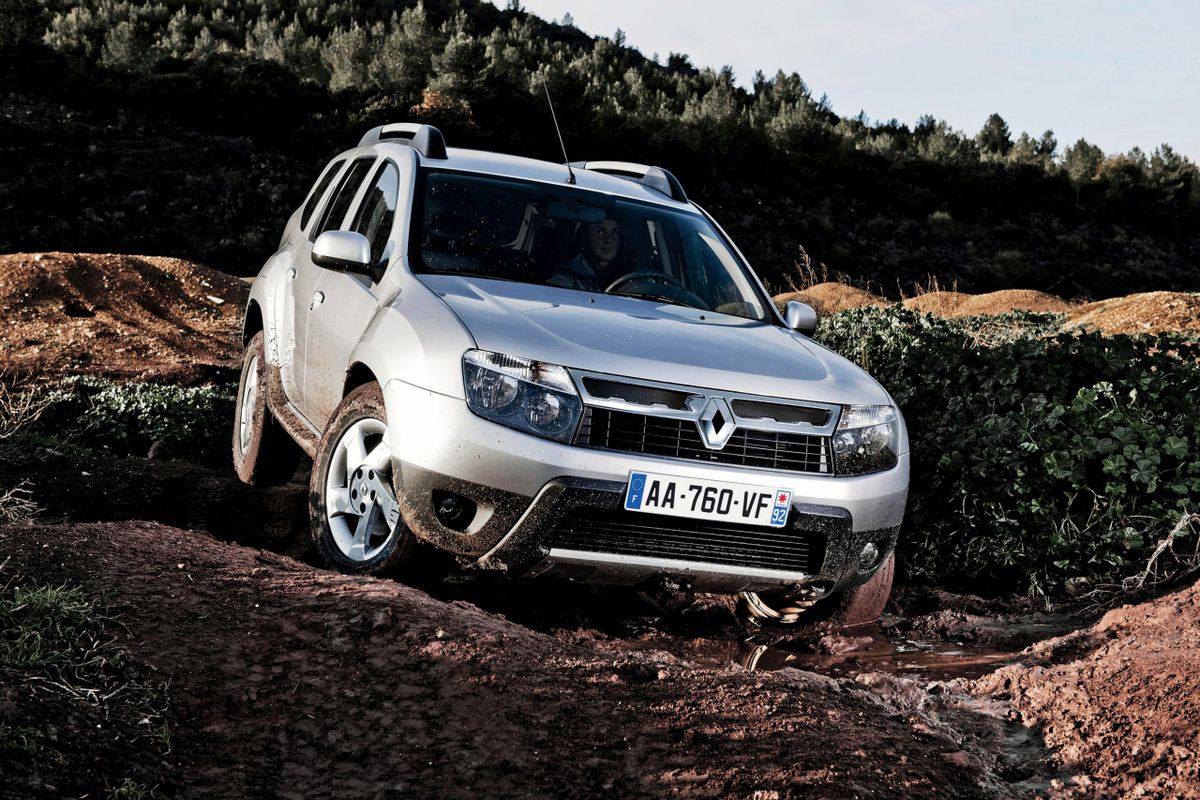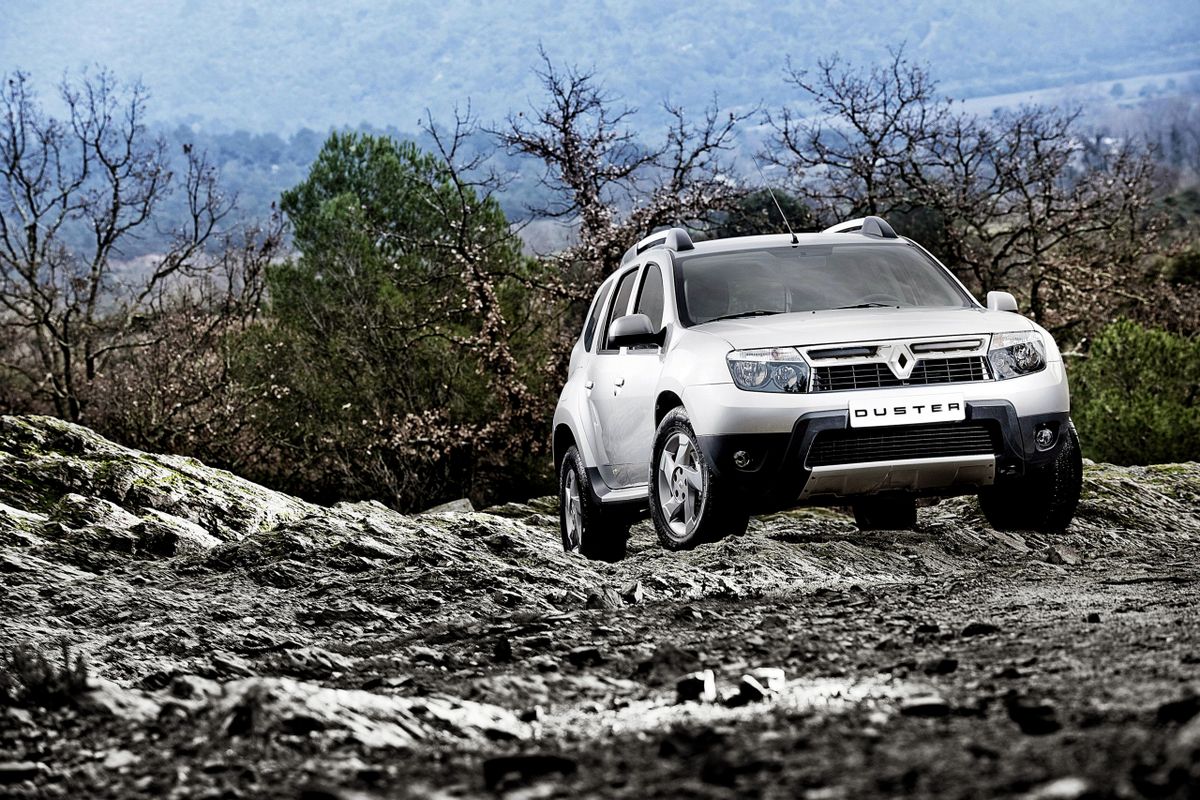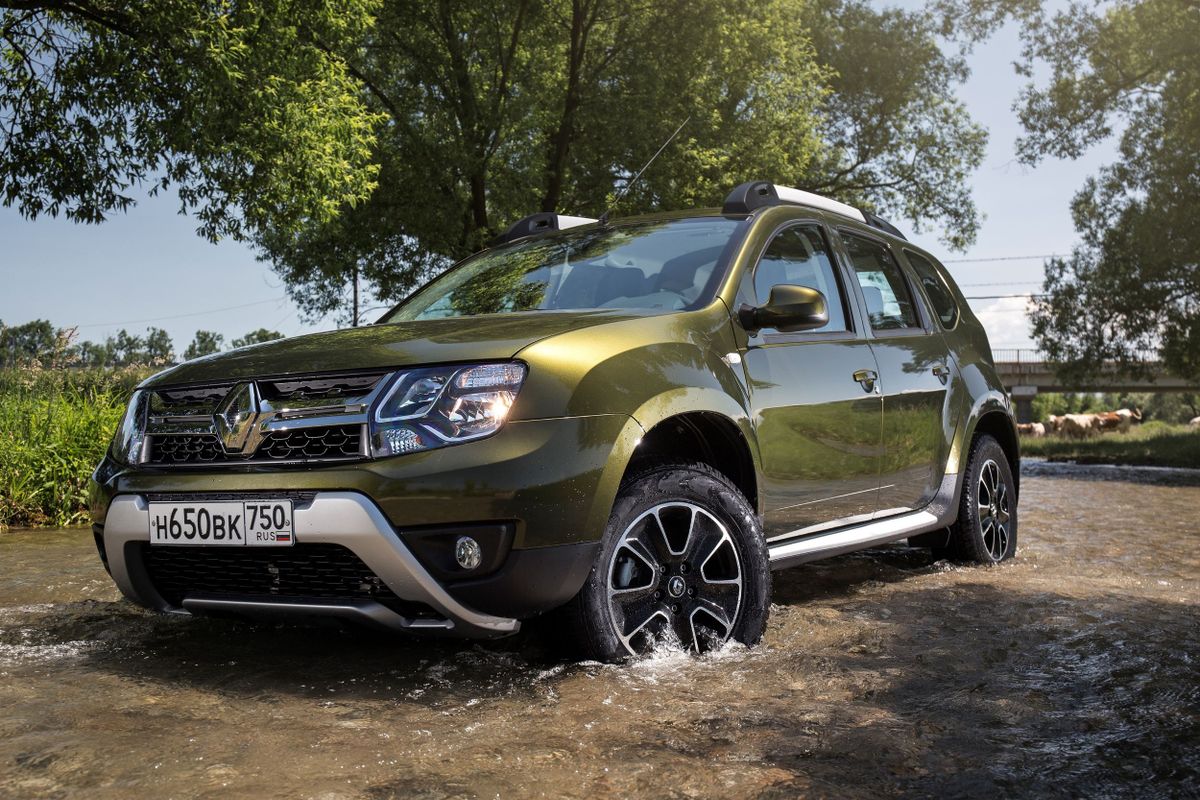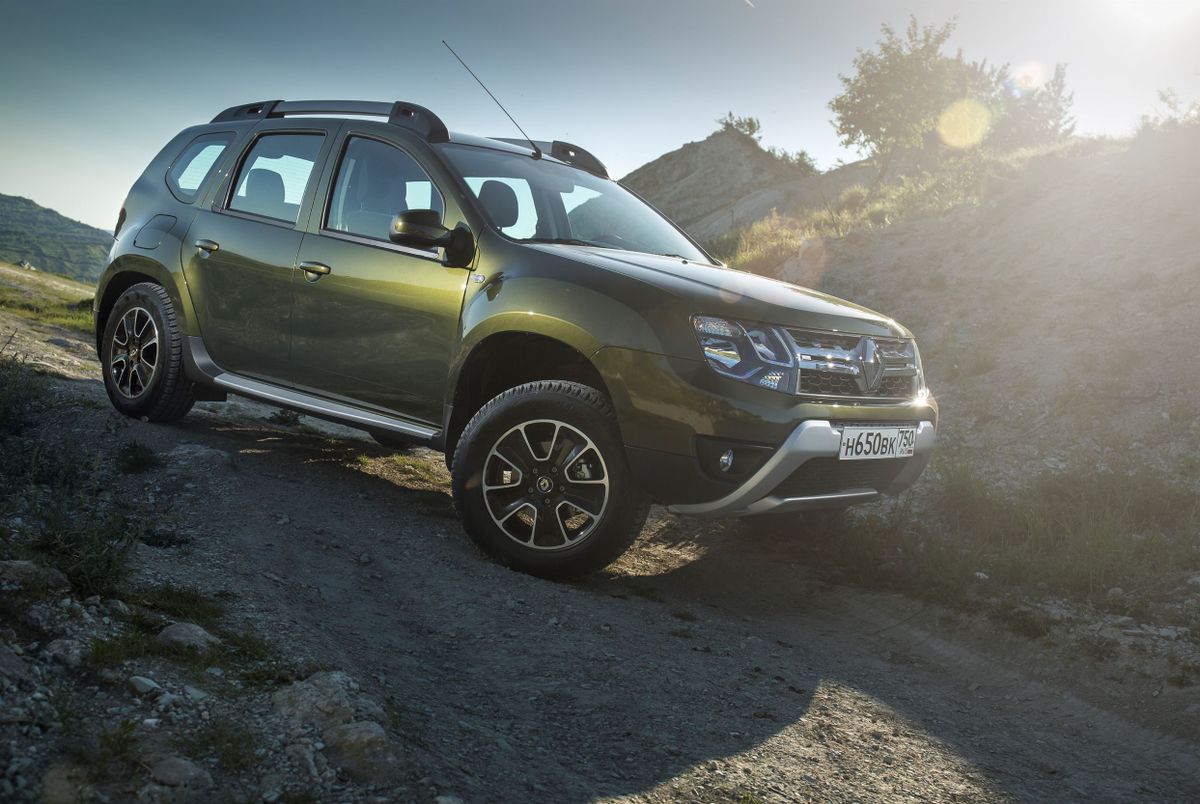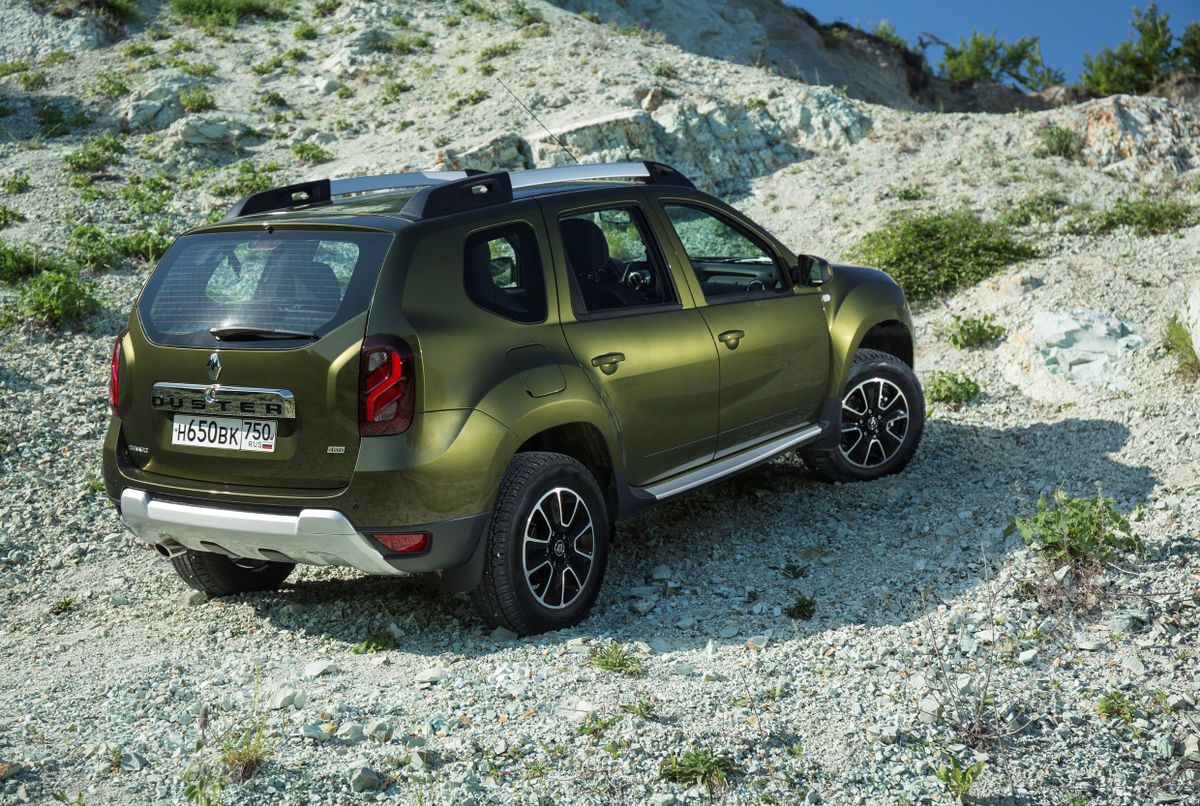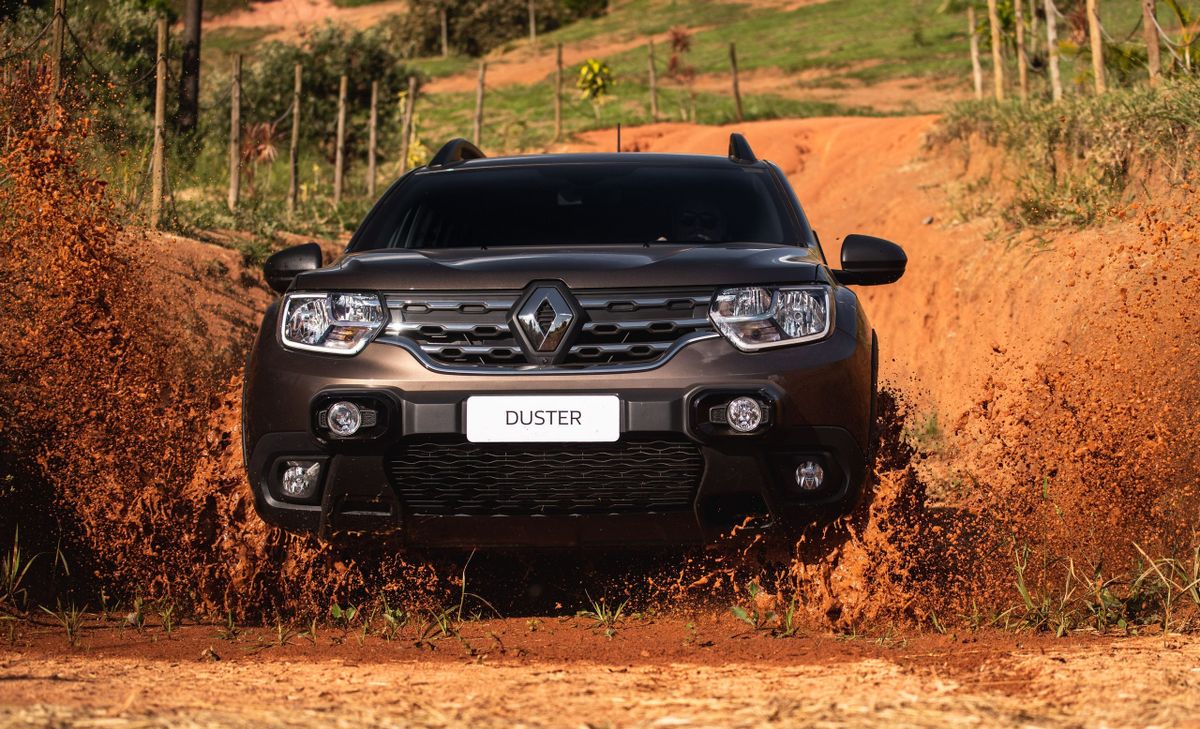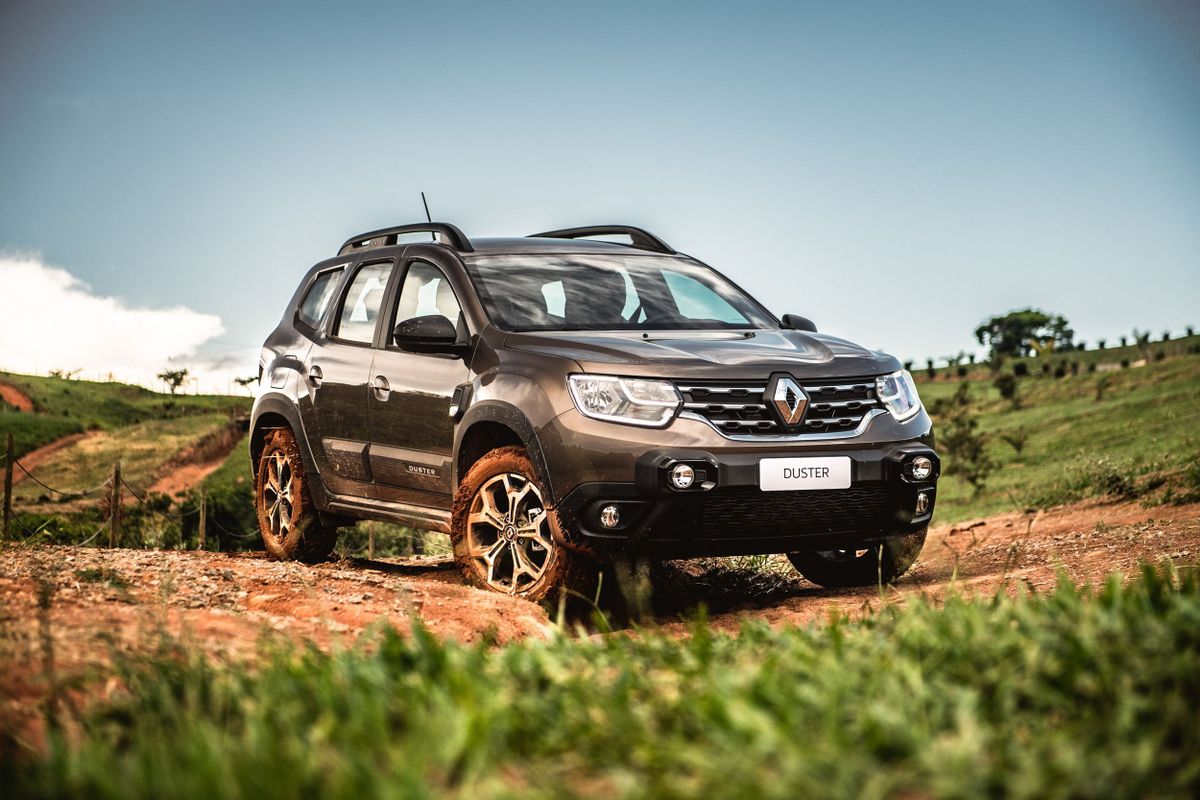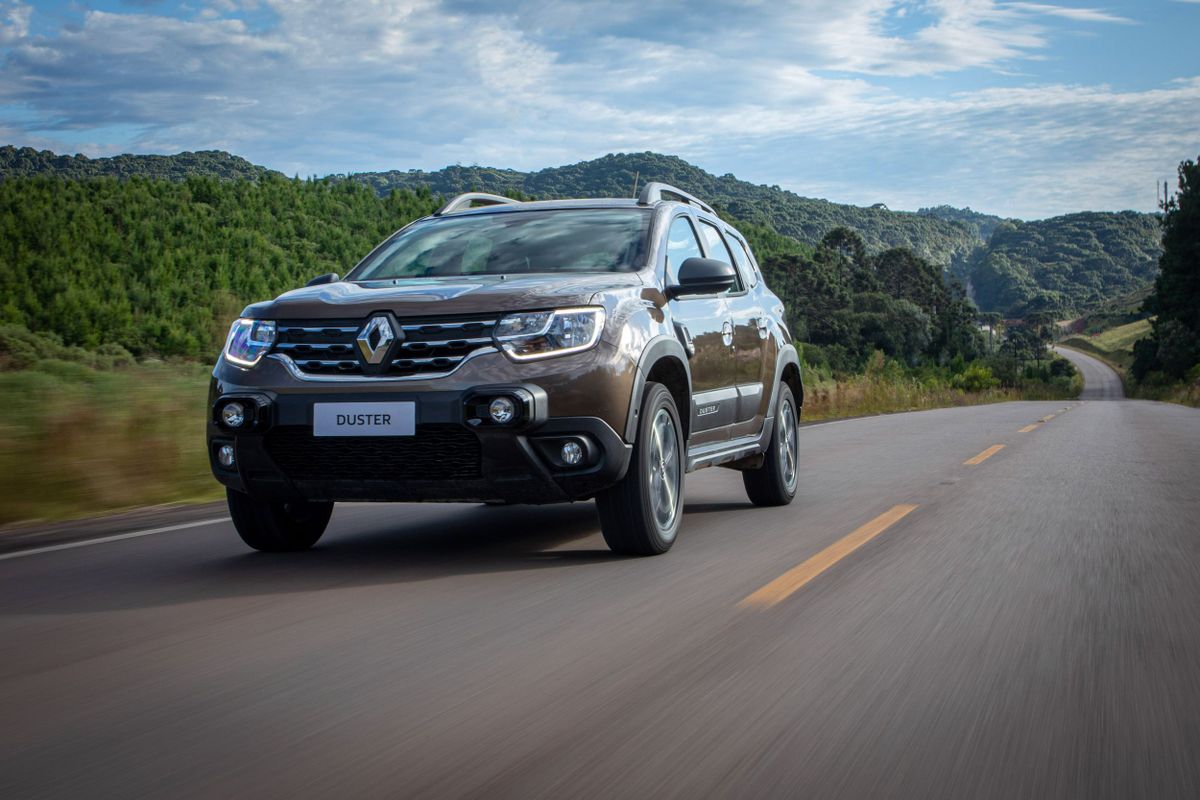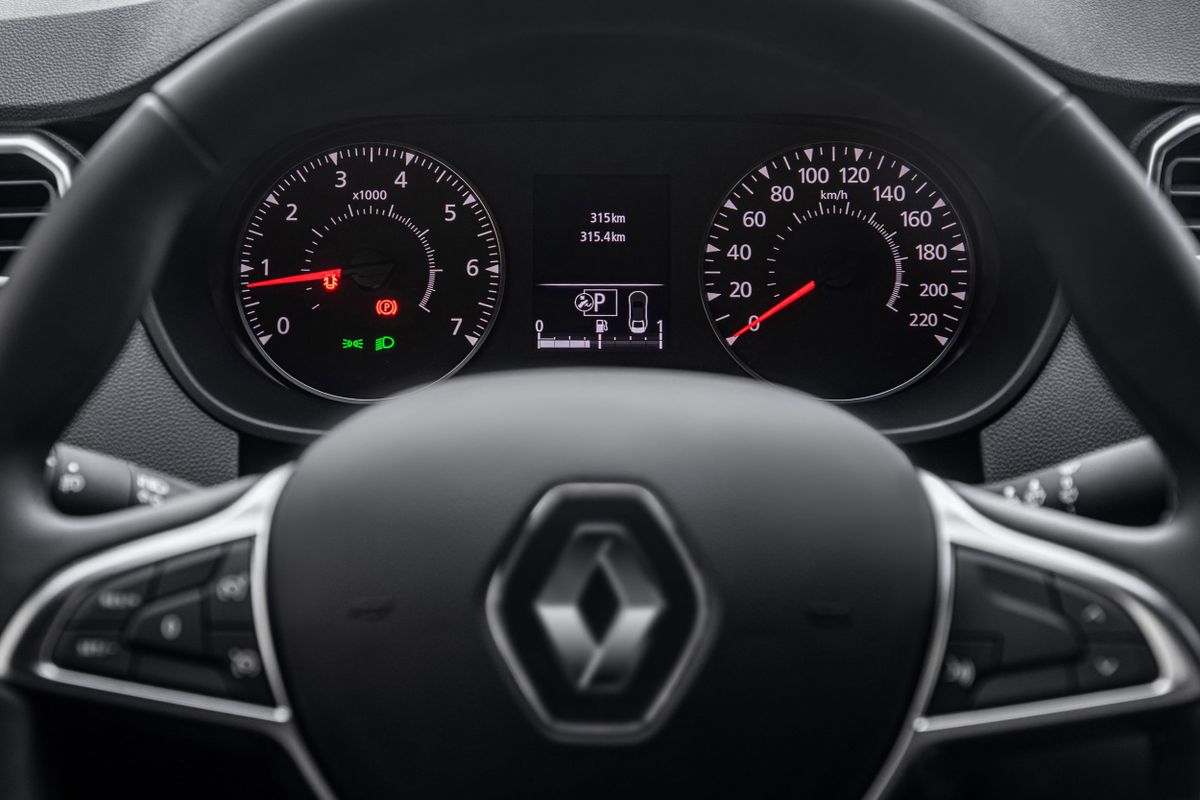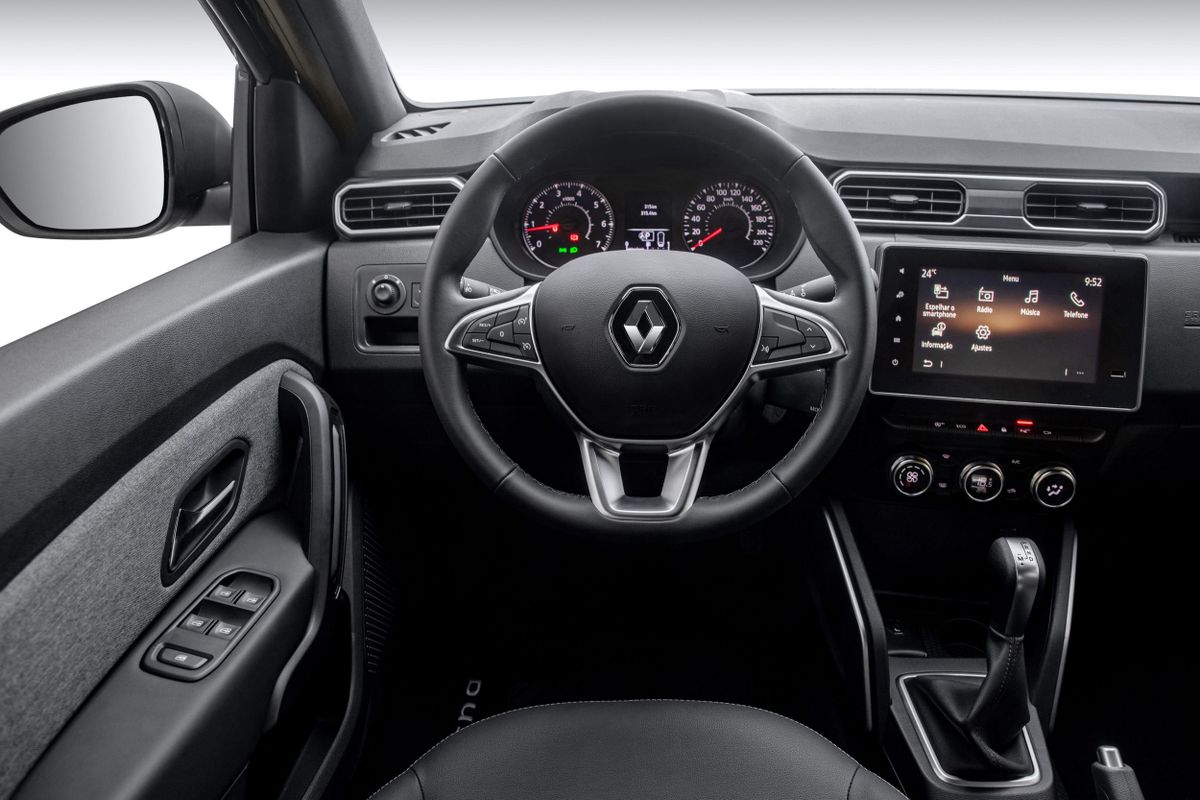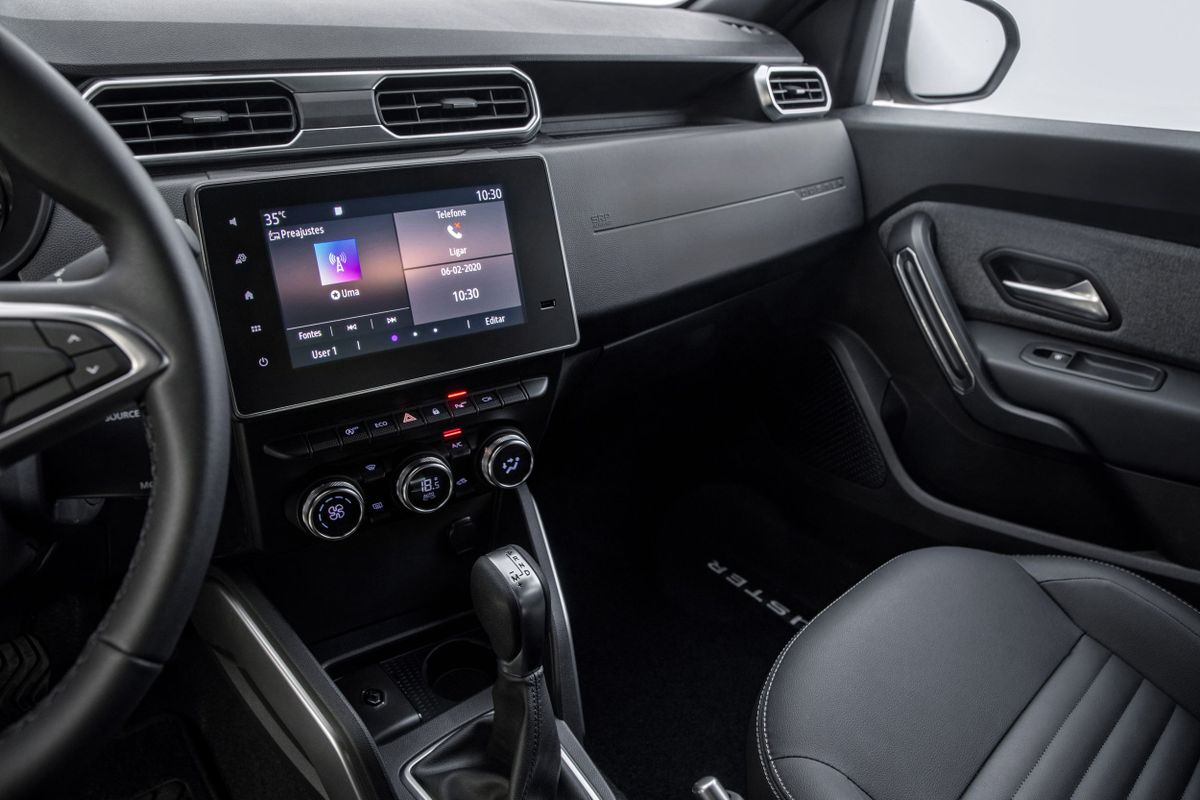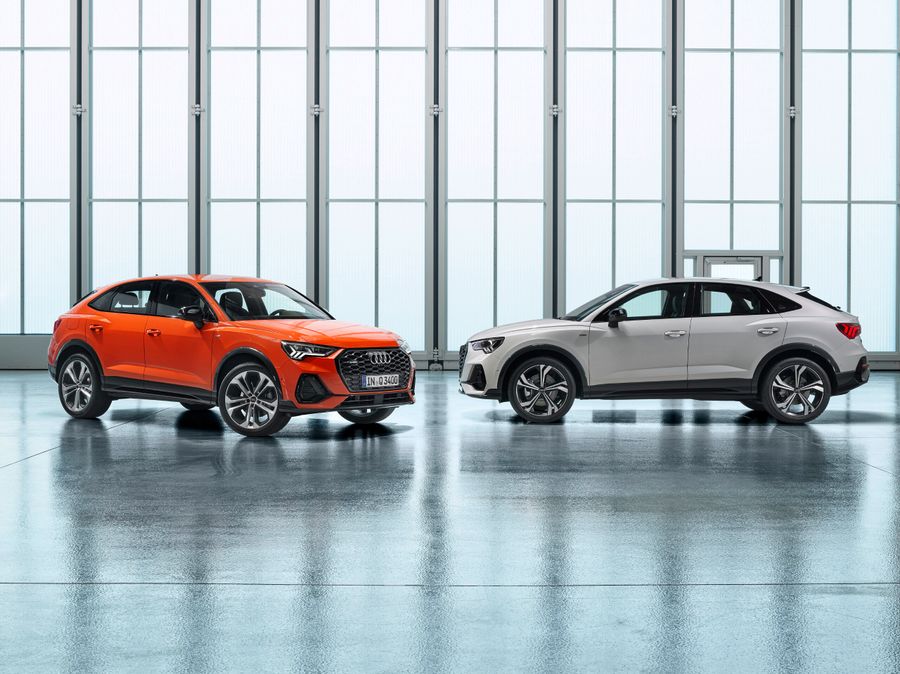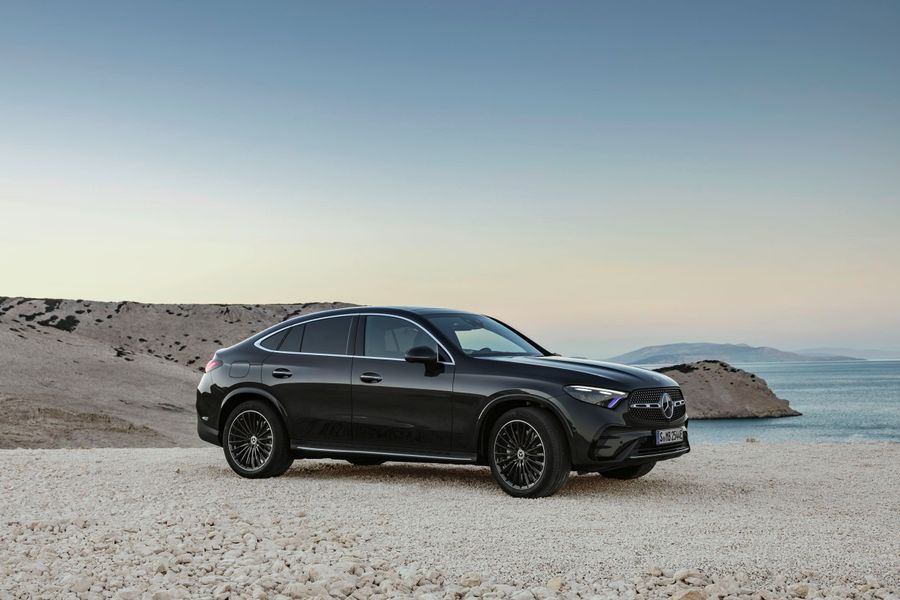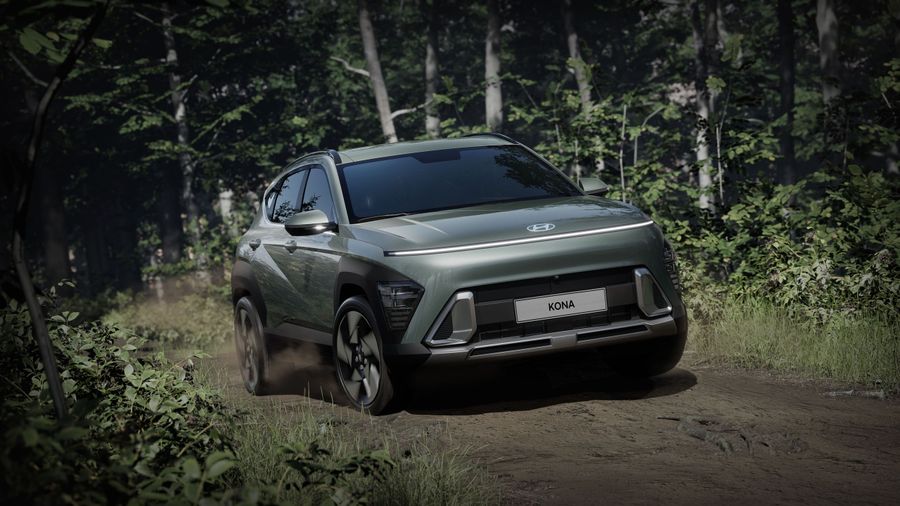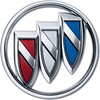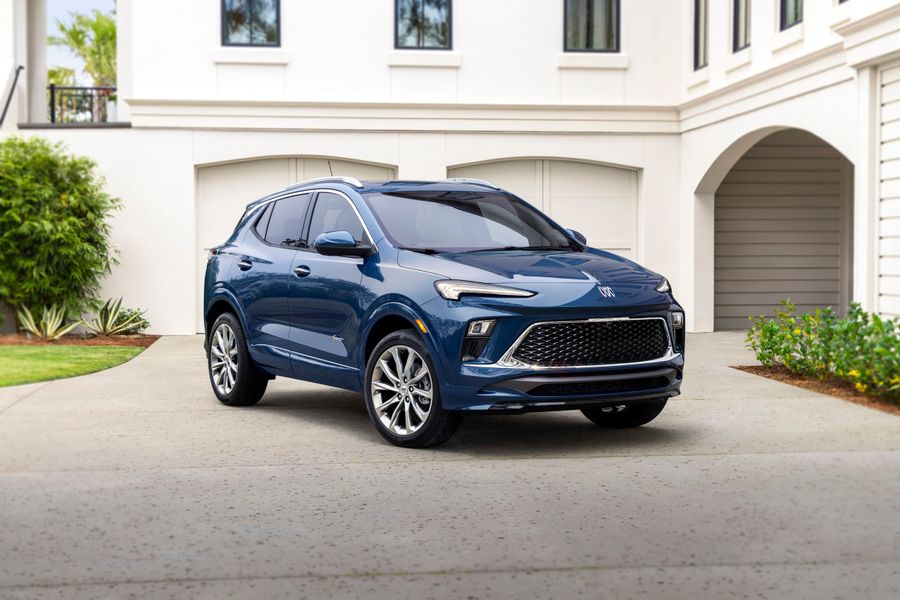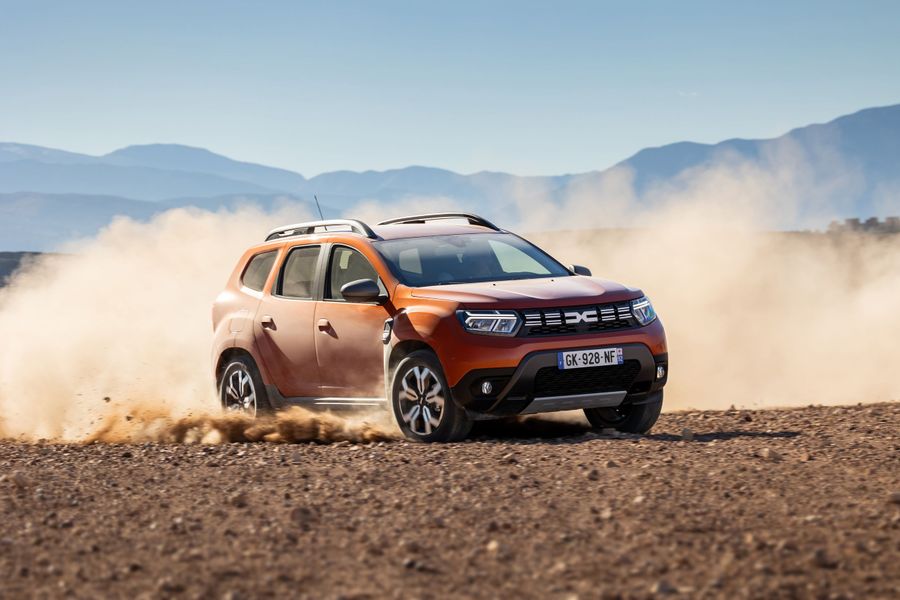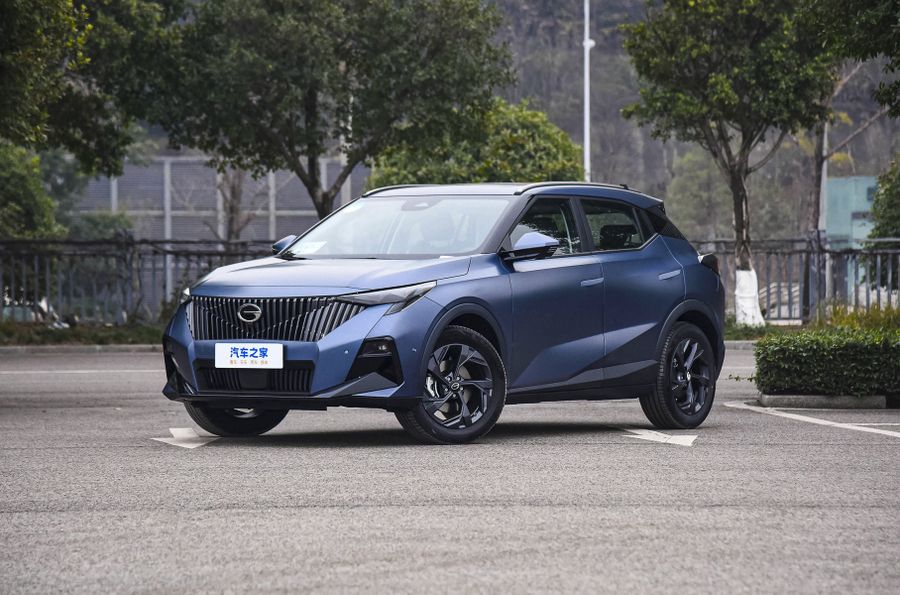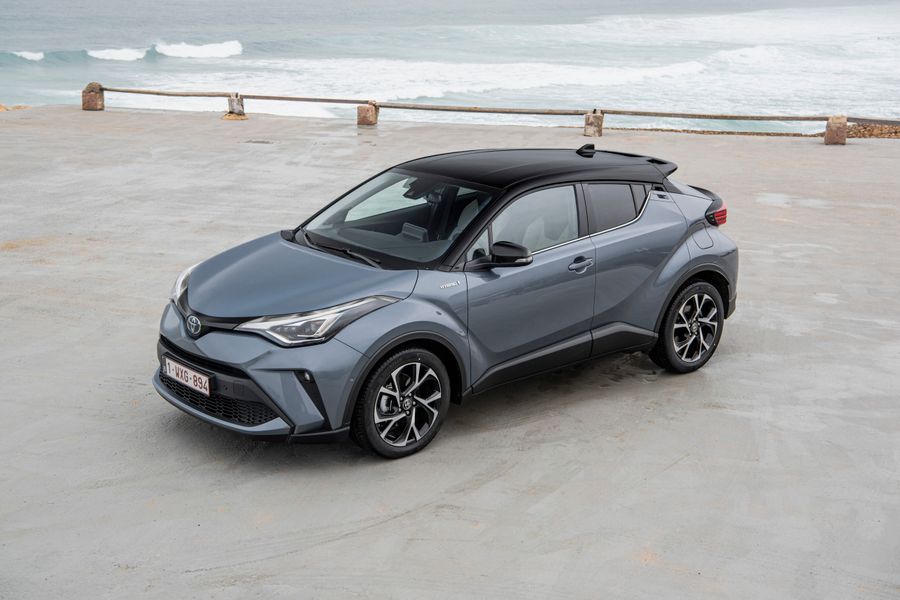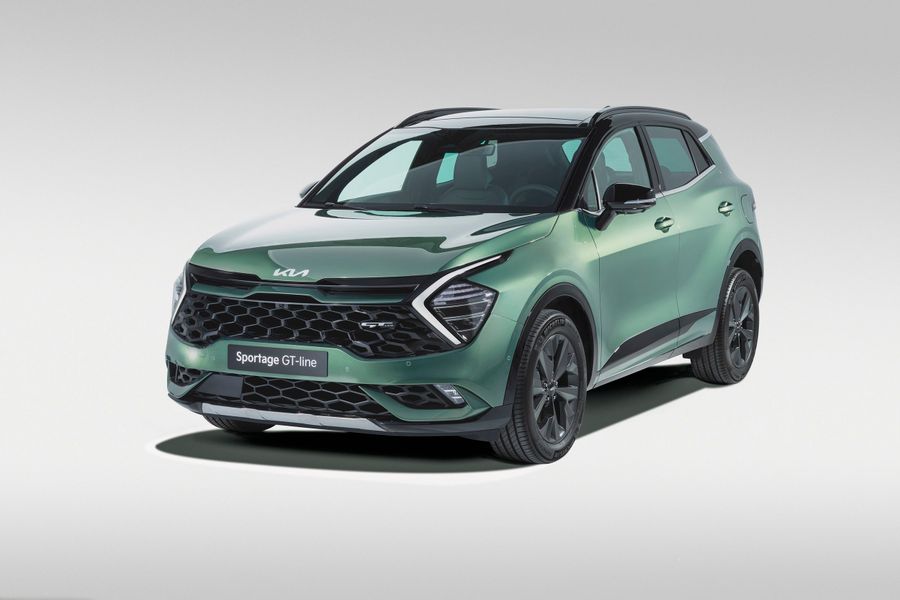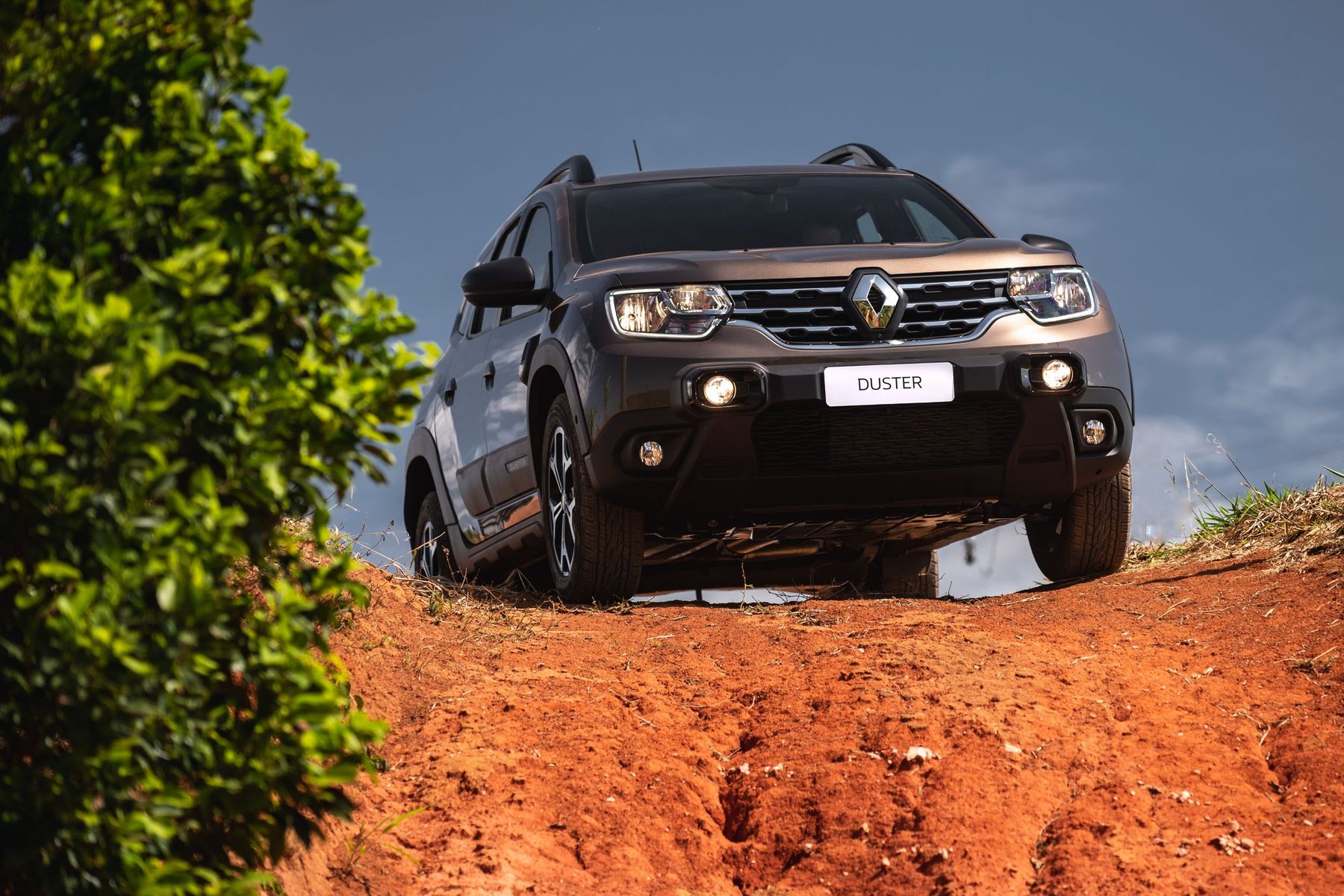
Renault Duster SUV. Same Dacia, different name
The compact SUV segment is one of the most popular ones is the modern automobile industry. The Renault Duster, known in Israel as the Dacia Duster, is a decent representative of this class. It’s perfect for driving both in the city and on bad roads in the suburbs. The vehicle has been loved since 2009.
Israeli buyers can currently purchase the 2nd generation Dacia Duster (2017 model year), but we are looking forward to the appearance of the updated Duster restyled in 2021. There are gasoline modifications with 1.3-liter engines with an output of 131 or 150 hp, as well as a 1.5-liter diesel engine with 116 hp. All of these engines are complemented by a 6-speed manual transmission. The front and all-wheel drive versions are available. The entry-level version’s price starts from 96,225 shekels (including the vehicle registration fee), as of 2021.
The Renault Duster literally changed the SUV market. It quickly became a bestseller in many countries and held a leading position for many years. The Duster reached a million vehicles in less than five years of production. The Renault Duster was the first model of the brand to receive a remote engine start system, Renault Start. This system allows you to warm up the engine without leaving your home or office, set a specific start time or program it for 10-minute starts at regular intervals. Moreover, Duster is a noble sports player. It competed in the Dakar Rally and in the Pikes Peak Hill Climb competition. A special Duster version with an 850 hp engine was driven by the legendary champion Alain Prost in the Andros Trophée competition.
The first generation
It was produced from 2010 to 2017, and was restyled in 2013. The first Renault Duster was based on the Nissan B0 platform (Renault Logan, Sandero and Nissan Juke are also built on it). The platform had to be significantly modified to fit an all-wheel drive system, so the Nissan All Mode 4×4-i system was installed there. However, there were also front-wheel drive versions. The vehicle was 4,315 mm long, 1,822 mm wide and 1,625 mm high, whereas the all-wheel drive versions weighted 1,390 kg (with a diesel engine) and 1,370 kg (with a 2.0-liter gasoline engine). The SUV immediately became very popular.
The Renault Duster literally changed the SUV market, becoming a bestseller in many countries
The vehicle featured 1.6-liter (102 hp) and 2-liter (135 hp) gasoline engines, as well as a 1.5 liter turbocharged diesel engine (86 or 90 hp). The smaller gasoline and diesel engines were equipped with a 5-speed manual transmission, and a 2-liter engine could also have a 4-speed automatic transmission. An all-wheel drive system was available for a surcharge. The chassis was simple and reliable: MacPherson strut independent suspension with anti-roll bars at the front and multi-link suspension at the rear for all-wheel drive vehicles or semi-dependent suspensions for front-wheel drive versions.
Trunk volume reached 475 liters or 1,636 liters with the rear seats folded down. The SUV had a steel crankcase as standard, a ground clearance of 21 cm and short overhangs (angle of approach 30°, angle of departure 35°). The entry-level version was equipped with ABS with electronic brake force distribution and electronic emergency braking system. The list of options included vehicle stability control and traction control systems. The first Duster was equipped with two frontal airbags, and optional side airbags.
In November 2013, the manufacturer introduced a modernized SUV (on sale since 2015). The vehicle offered a renewed exterior, a redesigned front panel and an expanded list of equipment. In 2014, the millionth Duster was produced and its version appeared under the name Nissan Terrano, which is distinguished by a slightly ‘ennobled’ exterior, different interior trim materials and a stiffer suspension.
The second generation
It has been produced since 2020. The new Renault Duster is very similar to the old one, but all the body parts are new. Plus, the body has become stronger and stiffer by about 10%, and the A-pillar has been shifted 100 mm forward relative to its predecessor, which had a positive effect on the interior volume. The length, width and height of the vehicle are now 4,341, 1,804 and 1,682 mm respectively, the wheelbase reaches 2,676 mm. As compared to the first generation, the length has been increased by 26 mm, the width has been reduced by 18 mm, and the wheelbase has been stretched by 3 mm. The ground clearance is the same 210 mm, the angles of approach and departure are also no worse than those of the first Duster: 31 and 33 degrees, respectively.
The 2020/2021 Renault Duster is built on an upgraded B0 platform. While retaining the suspension architecture, Renault’s developers have created a different chassis setup. For example, the front and rear suspensions have become stiffer by 35% and 50%, respectively. Anti-roll bars ensure precise reactions and reduced body roll when cornering, while maintaining the energy intensity of the chassis proprietary to all Renault models. The vehicle still offers an excellent cross-country ability. The steering has been completely redesigned. Now it comprises a variable displacement electric power steering and a reduced steering gear ratio. The new steering mechanism provides not only height and reach adjustment, but also provides clean feedback and isolation of the steering wheel from vibration and shock when driving through bumps both in a straight line and when entering a turn.
The new Renault Duster offers a completely new body, a completely new interior and the most modern options
Depending on the market, the 2021/2022 Renault Duster is equipped with a 1.6-liter gasoline engine with an output of 115 hp, which is combined with a front-wheel drive system and a 5-speed manual transmission, or a 6-speed manual transmission and an all-wheel drive system. The 2-liter engine (143 hp) is available with a manual transmission. The new 1.3-liter turbocharged direct injection engine (130 hp and 240 Nm or 150 hp and 250 Nm), developed by the Renault-Nissan alliance together with the Daimler Group, is paired with a Jatco manual transmission or CVT. And finally, a 1.5 liter turbocharged diesel engine (110 hp) can only be coupled with a manual transmission and both drive options.
The interior still looks simple and modest. It is still finished with the inexpensive materials, features some minor improvements: pockets in the doors, height-adjustable central armrest. The deep volumetric glove compartment is still there. The seating position has been improved, which will be especially appreciated by the tall drivers. The list of options includes an advanced media system with Apple CarPlay and Android Auto functions, six airbags, heated seats, a rear-view camera, cruise control, pedestrian and traffic sign recognition systems, etc.


